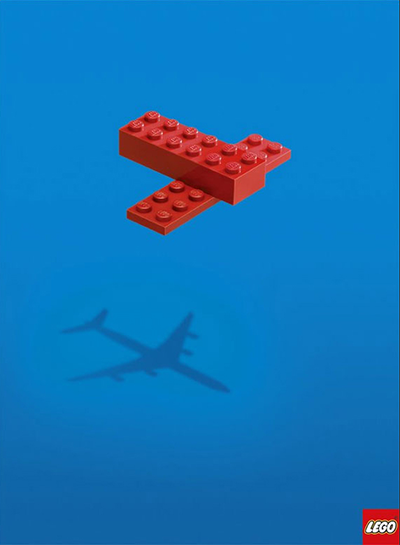Play well - Lego and Minecraft - two sides of the same block
Lego, meaning play well, was founded over 80 years ago. The small plastic bricks facilitate imagination, creativity, fun and social interaction and enjoyed by people of all ages all around the world. It is a timeless system that has been used for play, for work and for art. But in 2009 the world was introduced to new block system that in its six short years has grown to be valued at over $2.5billion. The difference was these blocks were pixels, not plastic, and were interacted with on a computer rather than the living room carpet.
As technology ever more prevalent in our lives there is increasing discussion about how much time our children spend interacting with their devices and the dangerous around. But how far removed are traditional toys such as Lego and their electronic (almost) counterparts? I wanted to spend some time exploring this question and look at where these games are heading.
For me, Lego has always been about creativity and imagination. The ability to spend hours building, reassembling, changing and reimagining creations from various plastic bricks. It's not something I've grown out of either. I still have a small box of Lego that I fiddle with every now and again and I'm hardly alone in this. Last Christmas, my friend bought her husband various Star Wars Lego sets and she tells me he happily spent hours on Christmas day playing with his new creations. When I was younger I get a huge Lego spaceship set and my Dad had a wonderful day working through building all the various parts. Lego provides the ability for one to express their creativity and their ideas in a simple way.
The blocky nature of Lego is not that dissimilar from the pixelated cubes of Minecraft. In creative mode users are free to explore their imagination through blocks of various types to make anything from the smallest shacks to towering cities. The connected nature of the internet allows users to play in the same worlds and work together to build these creations and explore and share their achievements. People have been able to create all manner of wonderful creations including faithful replications of cities from George R. R. Martin's Song of Ice and Fire series.
One aspect that is perhaps neglected when comparing the two block systems is the price. Lego produces high quality bricks - every Lego brick produced is compatible with every other brick produced and sets can cost over £400 each. In comparison, Minecraft costs just £17.95 for an entire world of blocks and possibilities.
You often hear people complaining that children have too much screen time - time spent in front of devices be they TV, computers, iPads or phones. But technology changes fast. The idea of a display being limited to a screen is a relic of the past, demonstrated by products such as Google's Glass and Microsoft's Hololens augment reality around you. Would people's opinion of children playing computer games if they interacted with virtual blocks in the real world? Microsoft's recent announcement of Hololens depicted just that reality. Concepts demoed Minecraft augmented reality, further closing the differences between plastic and pixels.
I've always loved Lego and I have little doubt I will continue to do so. It is a toy that has been enjoyed by generations and fuelled the creativity of countless individuals. However, for all its history it is not immune to the competition posed by tech companies as they, perhaps inspired by Lego, come up with new and exciting ways to build, create and explore. Augmented reality is becoming more common place and this will allow computer games move away from being locked into a screen overlaying in the world around us. It can't be categorically stated that one is better than the other it is a matter of preference - but both, plastic and pixel, inspire those who play with them to push the boundaries of their imagination and creativity.



